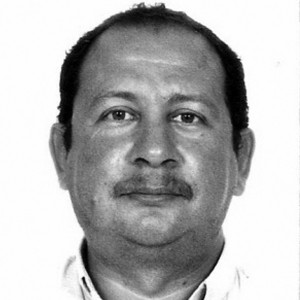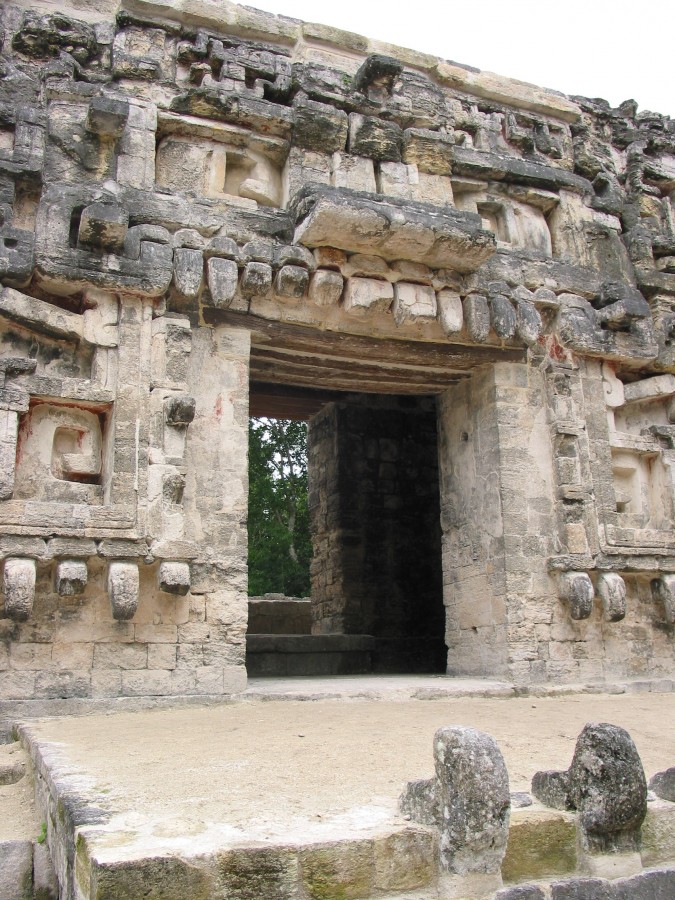The occupation of the pre-Hispanic site of Chicanná can be partially traced back to the Middle and Late Preclassic periods, although it was not until the Early Classic period that the stone constructions were built. However, Chicanná began to grow in earnest during the Late Classic and Postclassic; in other words, the site’s most notable structures date from these periods and the number of pottery artefacts and stone tools are more abundant than in the preceding epochs. This points to a community in expansion, especially in terms of its economy, political structure and population growth.
Many scholars believe that this site was a center for the Río Bec region’s ruling elite by the end of the Classic period, even if it did not achieve the monumental grandeur of the buildings of Becán or other archeological sites in the area. It is thought that Chicanná was the residence of a second-rank lineage that nevertheless held significant power in the region and enjoyed many political and financial privileges. Indeed, Becán is located less than two miles away and stands out as the dominant center of power over the Río Bec region. In addition, a large number of valuable imported goods have been found at both Becán and Chicanná.
Unlike the vast majority of settlements in the region that were largely abandoned in the Late Classic, human activities continued to thrive at both Chicanná and Becán during the Postclassic period and may even have experienced a revitalization, as evidenced by the discovery of material evidence showing they were involved in trade networks. These sites received luxury products from remote parts of Mesoamerica, for example fine ceramic vessels from the central Usumacinta region and lead-glazed vessels from Guatemala’s Pacific coast, as well as alabaster, volcanic millstones, and prismatic obsidian knives from the volcanic regions.







